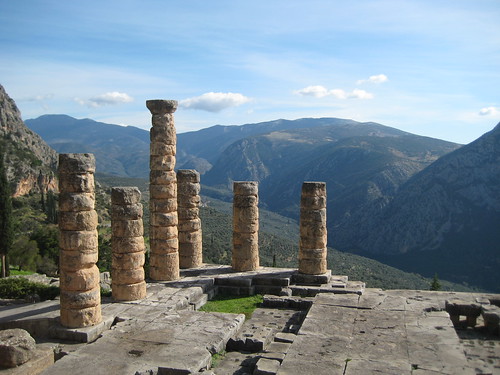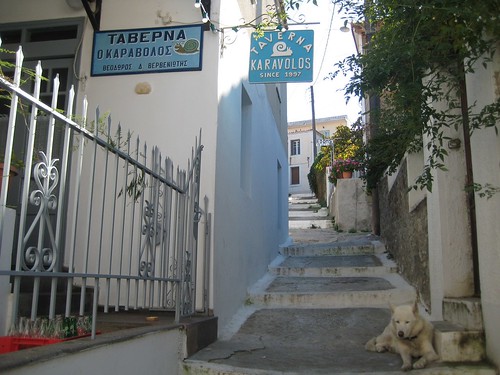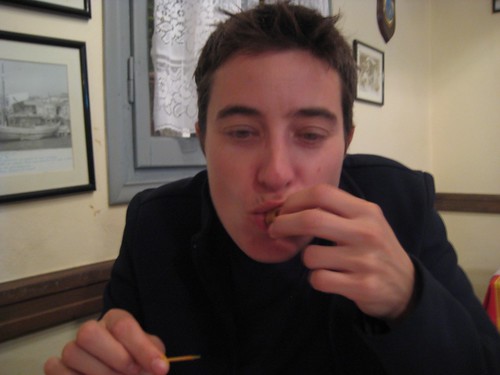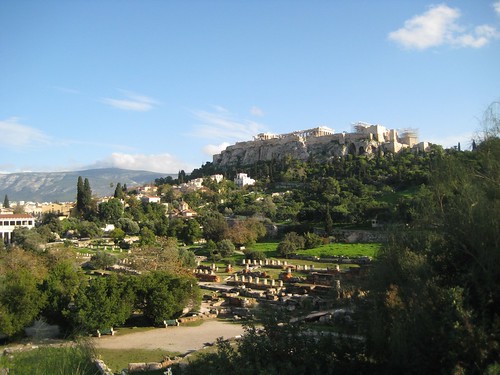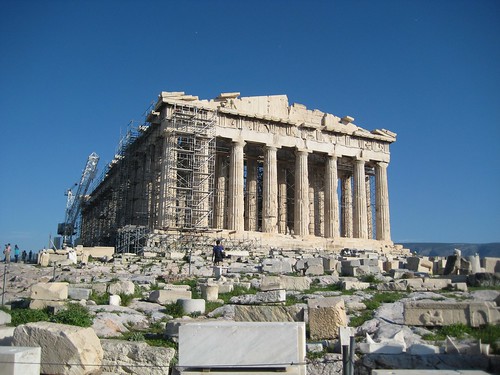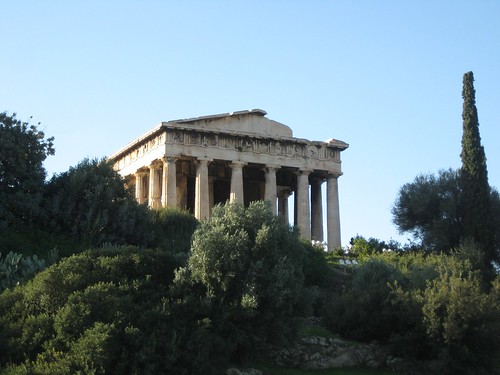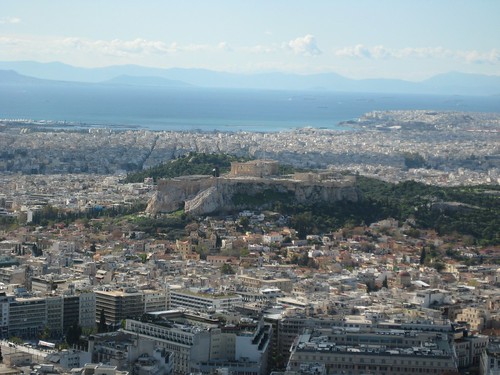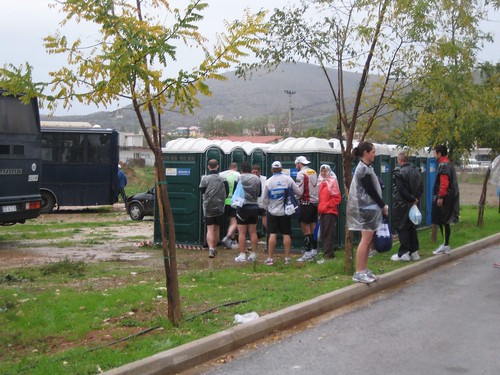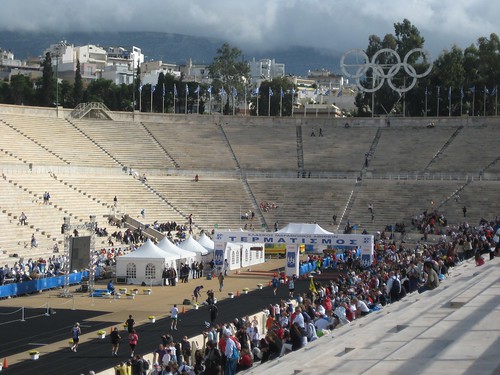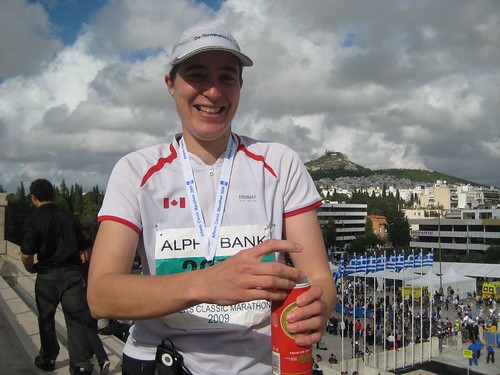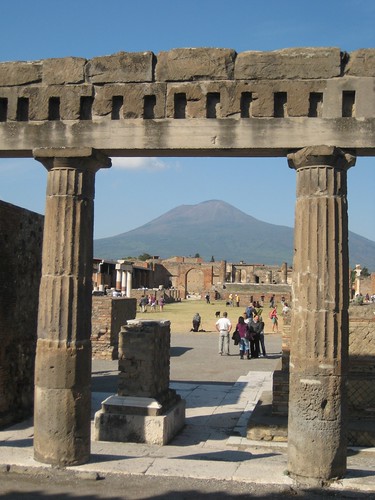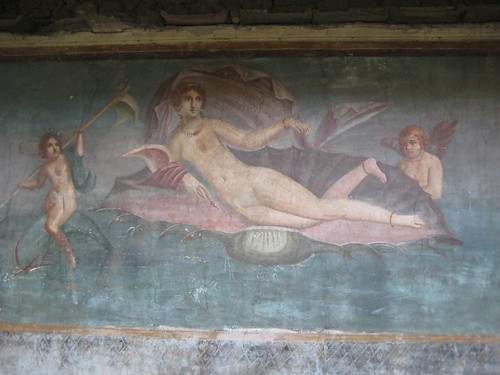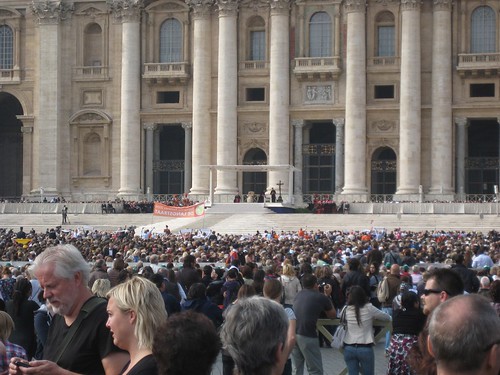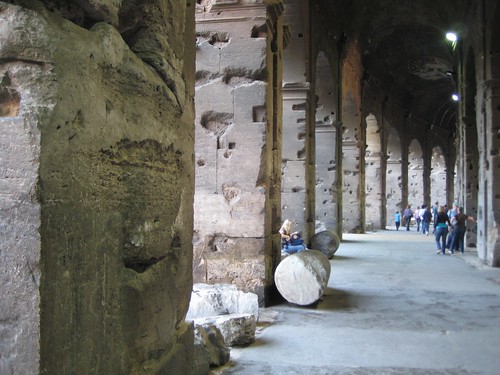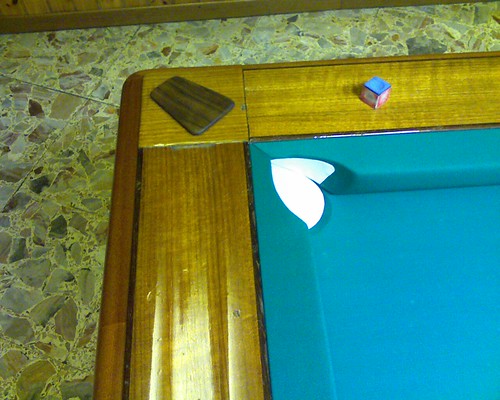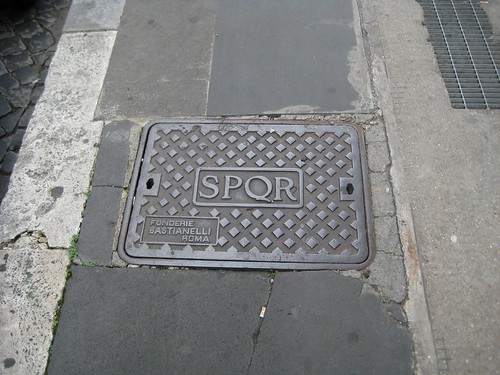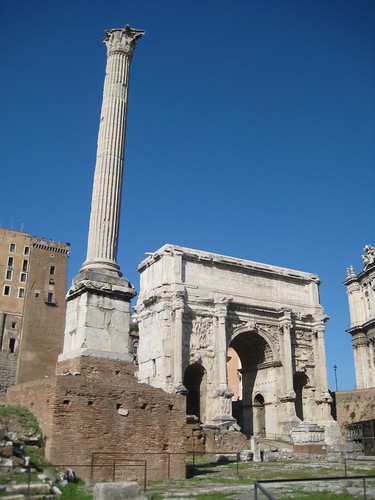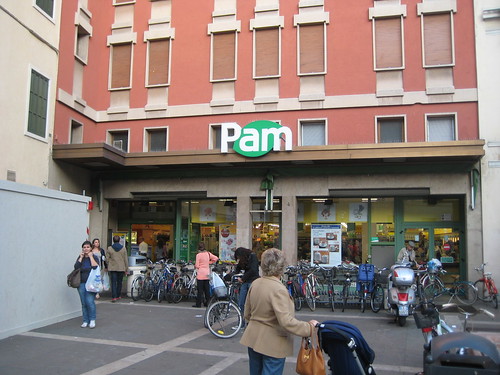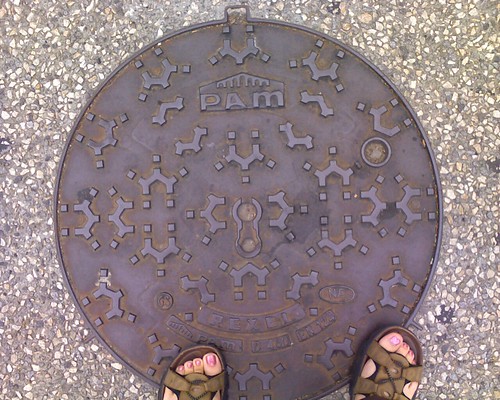You all know I’m a Lonely Planet gal. And though I love a good fling with Rick Steves when he’s available, I am committed to a long-term serial relationship with a seemingly endless string of fat blue €30 books that I use, abuse and then break up with on a regular basis. I am one with the LP. However that doesn’t mean I don’t get a bit bored with things every once in a while. It’s a long-term relationship, and like all long term relationships you just can’t keep the magic going forever. So with the greatest affection, I offer you the Go See Run Eat Drink Generic Guide to Any European City, just fill in the blanks.
Information:
There can be no doubt that ___ is one of ___'s premiere destinations. Situated midway between the north / south / east / west coast and the mountains / ___ River / Industrial Heart, ___ is a vibrant city with much to offer the traveler. A large population of university students keeps ___ lively, and the city's historic centre is full of Roman ruins, medieval churches, bustling market stalls and upscale boutiques; there’s something for everyone. Truly, ___ is a city of contrasts. And don't be intimidated by the language, locals will always appreciate a hearty Bonjour! / Ola! / God Morgen! / Buon Giorno! and most young people speak excellent English.
Start your visit at ___ Square/Plaza/Campo/Piazza, ___'s spiritual and cultural centre (Metro ___, bus 17, 25, 35). The Tourist Information Office is located just a few metres off the Square, behind the statue of ___, Patron Saint / Victorious General / Founder / Most Famous Son of ___. The friendly staff at the TI can help you book a walking tour of the historic quarter (€12), or a sell you a bus ticket for one of the 156 slightly different hop-on hop-off open-topped double-decker bus tours offered (€25, good for 24 hours. €35 for 48 hours).
Winner of the 2003 "Europe's Most Livable City (Pop. 117,500 - 117,600 Category), ___ takes great pride in the ___ Festival, celebrating all things ___. Visit in July for displays / performances / competitions of the local folk dance / pastry / stringed instrument / hand crafted ___. It's all ___ all the time during ___ Days!
Dangers and Annoyances:
___ is a relatively safe city, but visitors should always be aware of pickpockets that operate in the popular tourist areas. Watch out for any commotion as it’s likely a way to distract your attention from the roving gangs of gypsy children who can strip an unwary traveler down to his or her underwear in 21.7 seconds.
Sights:
The most important site in ___ is certainly the grand Cathedral / Basilica / Eglise / Duomo / Chiesa of St. ___. (Map #235, admission free, Hours: 9:00am – 3:30pm M-Sa, Su. only open for religious services). Started in the 14th century and completed in 1987, it was built on the site of an 11th century church, that was built over the remains of the first Christian church from the 9th century, that was converted from a Roman Temple of the 4th century, that was erected at the site of a bit of flattened-down turf presumed to have been used in prehistoric fertility rites dating to 973 BC. A magnificent example of perpendicular / Gothic / Renaissance / Counter-Reformation architecture, the facade features 392 individual sculptures representing local figures of the time / apostles / saints / the Muses / the Virtues. Also be sure to visit the chapel of St. ___, where there’s a lovely fresco by ___. Visits to the crypt available by appointment only (Call ahead, admission €5.00).
While the Cathedral might reign over the historic centre of town, ___’s Castle / Chateau / Kremlin / Castello / Fortezza dominates the skyline. An easy 75 minute amble uphill will reward the visitor with a breathtaking vista of the city. Walk along the remains of the castle walls, and visit the lavishly decorated and meticulously restored upper level apartments of the ___ family (Map #294, admission €6.00/€3.00/free adults/EU citizens under 25 or over 60/children under 12, Hours: 10:00am – 6:30pm every day). There’s also a pricey café on the lower terrace that offers indifferent food, but wonderful views.
Those interested in delving deeper into the life and career of the painter / sculptor / composer / architect / designer / soldier ___ (undoubtedly ___'s most famous citizen) can find plenty to keep them busy. Real enthusiasts might want to consider buying the ___ Pass, which gives access to all of the sights surrounding ___'s life: The ___ Museum, ___'s Birthplace, the ___ Studio, #37 ___ Street (home of ___'s mistress from 18xx to 18xx), and the lesser-known café / bar / garret where ___ spent much of his time as a student.
Most visitors to ___ will also want to take in the Archeological Museum (Map #978, admission €12.00/€8.00/free adults/EU citizens under 25 or over 60/children under 12, Hours: 8:30am – 3:30pm Tu-Fri, Closed M, 12:30pm – 12:45pm Sa, 6:30am-8:00am Su). The museum displays unidentifiable potsherds and the vague traces of a ruined Roman villa (including 28 square inches of pristine mosaic floor tiles), that were unearthed during the 1997 excavation of the Via / Rue / Correia / Avenida ___ to make way for a new electronics megastore and a Spar shop.
The ___ Gallery (Map #1845, admission €7.00/€3.00/free adults/EU citizens under 25 or over 60/children under 12, Hours: 9:30am – 6:30pm Tu-Su, Closed M) has a nice collection of modern art, including a lesser Warhol and the torn corner of a pencil sketch of Goya's study for the bottom left-hand corner of “___“. The ___ Gallery also includes 732 unique and delightful depictions of the Madonna and Child. (Note the ___ Gallery is undergoing renovations until 2048 and the main collection will be unavailable for viewing during this time. Visitors can take in temporary exhibits during the renovations, currently including a retrospective on the life and work of local philatelist / knitter / squid chef / balloon folder ___.)
And of course no visit to ___ would be complete without setting aside an afternoon to get lost in the winding streets of ___’s medieval quarter. Here you’ll find quaint traditional kebab shops, overpriced artisinal chocolatiers, mobile phone shops, and stalls selling charming keychains, miniature copies of the local landmark the ___, and guide books in 832 different languages. Wandering accordion players and numerous “living statue” performers complete the area’s indefinable charm.
Sleeping:
Camping L'Enfer. ($) A not unpleasant site 7.5 km from the city boasting a solid square kilometre of gravel for the hardy traveler to pitch-up. Summer months have campfire sing-alongs & night hikes to the abandoned quarry (20 km). Full washing & toilet facilities in nearby canal. No open fires.
Auberge Titanic ($$) This sprawling youth hostel on the wrong side of town has 20 & 25 bed dorms all with panoramic views over the prominent rendering plant & a scrubland of challenging ugliness. A favourite with itinerant performers & members of the Gypsy community, a lively atmosphere is guaranteed. Ask about mime evenings & peg making workshops. (Brisk 65 minute walk from the central station, or take Bus #27 and transfer to Bus #456 at the unmarked intersection of ___ Street and ___ Avenue.)
Pension Stumpy ($$$) A misguided attempt at faux deluxe with flock wallpaper reminiscent of a Turkish brothel and ill-appointed rooms designed for midgets. This is indeed the last resort should the campsite be full. s/d €45/60 Full pensione €60pppn evening, menu has the best of Albanian & Romanian cuisine.
Eating:
___ has a wide selection of restaurants ranging from the cheap and cheerful ($) to the gob-smackingly expensive ($$$$$$$$$$$$$). All restaurants close down for the afternoon between 1:15pm and 9:45pm, as locals tend not to sit down to dinner until midnight at the earliest, when toddlers and children are served. Adults tend to not to eat until 2 or 3:00am.
Zonko’s: ($) This nation-wide chain of convenience stores is open 24 hours a day and has locations approximately every 35 feet in tourist areas. They offer pre-packed sandwiches drenched in mayonnaise, cans of unrefrigerated beer, thimble-sized cups of coffee and Milka chocolate bars in abundance.
Crystal Friendship Co-op: ($$) Run by ex-pat Americans Sunflower and Gerhardt, this tiny, quirky café offers daily vegetarian and vegan specials. Try the Gruel of the Day, the Tofu Surprise and the non-dairy eggless flourless chocolate-less low fat turnip-based chokolat cake.
Trattoria Testiculo: ($$$) The best place for the local specialty ___ (a delightful concoction of lamb testicles and fig paste), this restaurant has been run by the same family since 23 BC and continues its tradition of serving both locals and tourists with equal contempt.
Chez Fi-Fi: ($$$$$$$$$$$$$) Top-quality ingredients are transformed into tiny portions of amuse-bouche served on square white plates the size of billboards artfully painted with 6 different coulis and topped with gold leaf. Specialties of the house include pure oxygen cocktails infused with saffron and panda sweat, and shaved unicorn horn quenelles topped in a reduction of Madagascar vanilla and ostrich egg foam. Starters €37-47, mains from €112, desserts €36-59. Don’t even ask about the wine list.
Getting Around:
To/from the airport: ___ Airport is 97km from the centre of the city. Taxis to the historic centre will cost approximately €117.00 (Be careful to take only the pale blue licensed taxis, and opposed to the light blue gypsy cabs). Shuttles run every 380 minutes, departing from Terminal 17a (€12.00). Public bus #39 runs on alternate Tuesdays during months ending in “R”. (€1.50, 4.5 hours).
Bus / Tram: Local buses/trams are infrequent and baffling. Tickets are available from the driver (€1.37 one-way, no change provided), or from incomprehensible and/or non-functional ticket vending machines infrequently encountered at main stops. Buses generally run from about 5:30am to 11:00pm (1/2 hour before the bars close).
Metro and Train: ___’s metro system is convenient and easy to use with stops at most major tourist attractions (except the Cathedral, Castle, ___ Museum, Archeological Museum and medieval quarter). The system map (inside back cover) resembles the electrical schematic diagram for the space shuttle but will become familiar with just 2 or 3 months of regular use. Individual metro tickets are not a good value (€2.45 each) but you can purchase a strip of 10 tickets for €24.00. Local residents can buy a lifetime metro pass for €12.50.
(Please note: The ”Sleeping” section above was written by GSRED’s first freelance contributor, a like-minded and very experienced fellow traveler who shall remain nameless. Thanks P.)

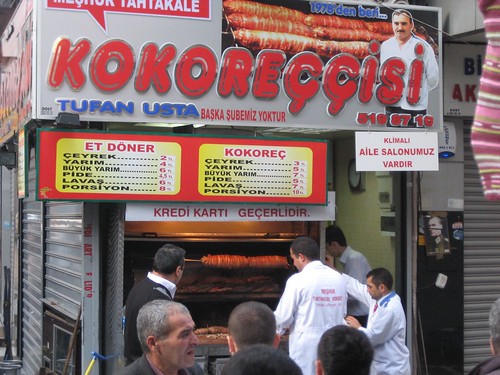
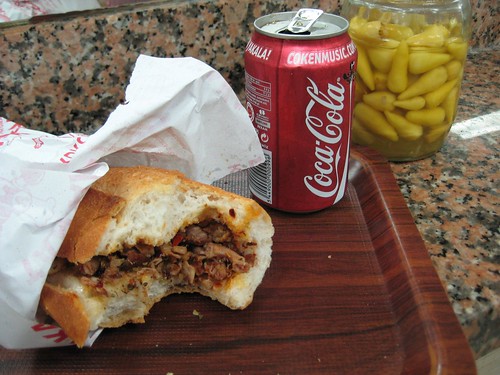
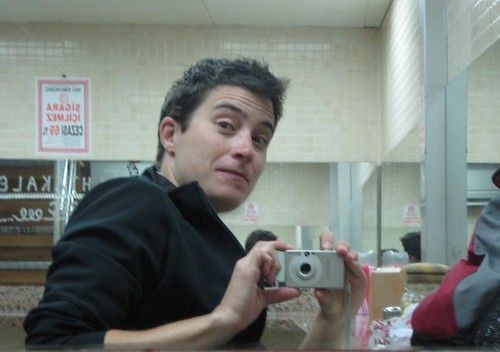
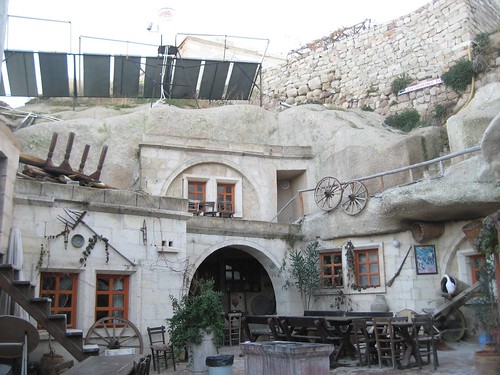

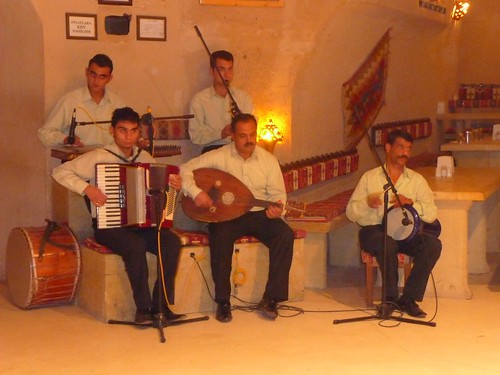

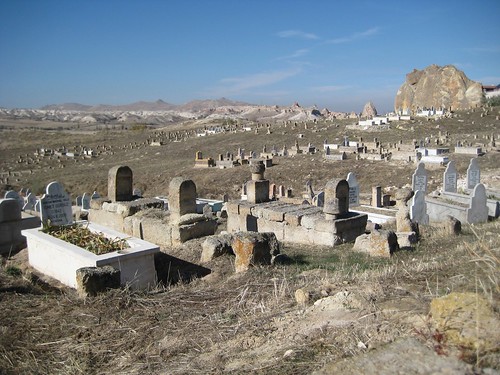

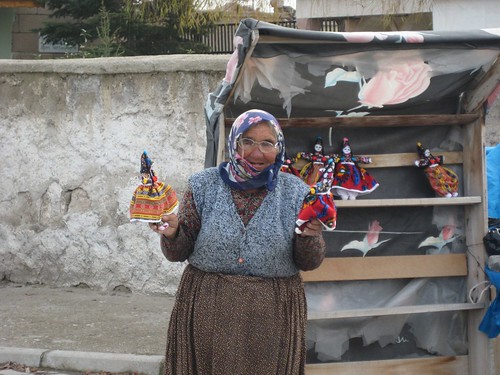
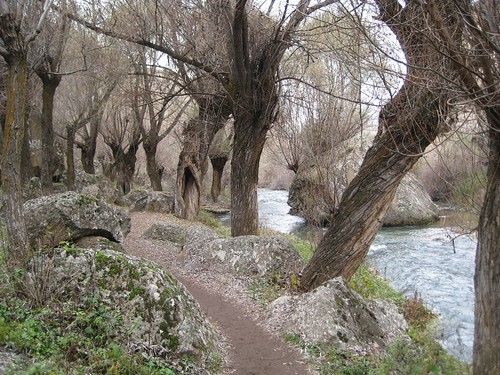

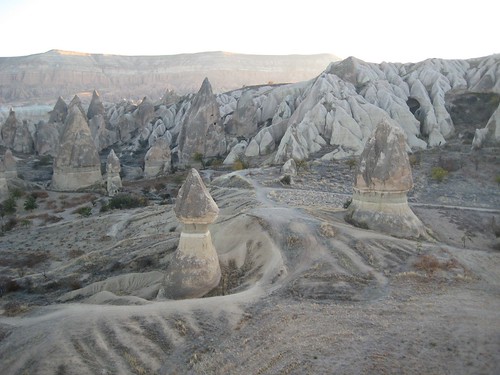
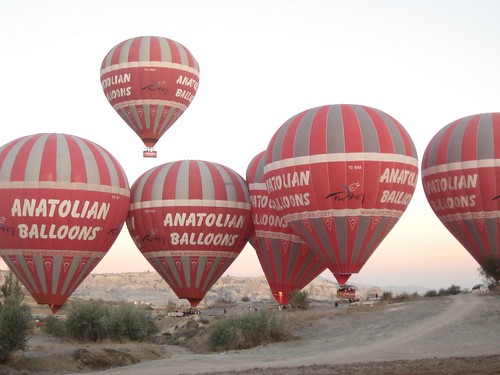

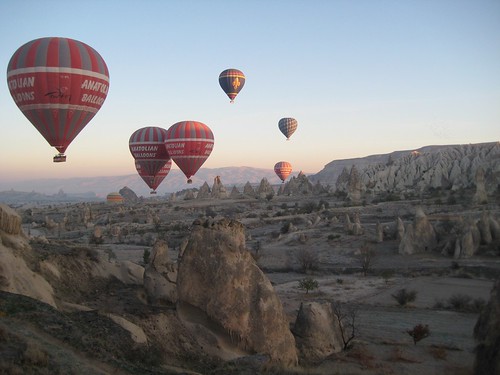
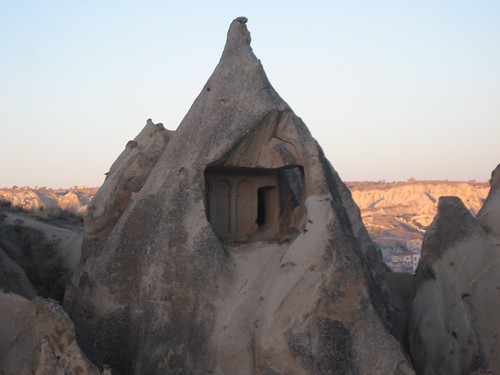
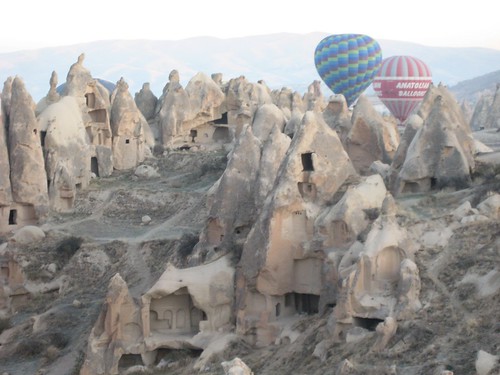
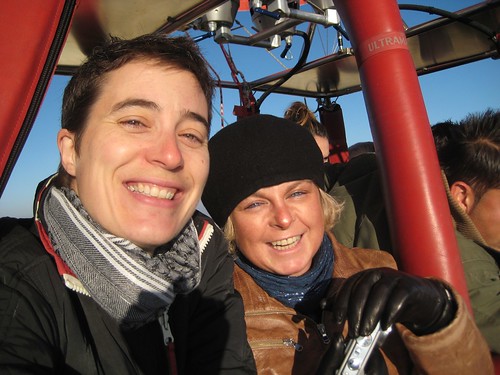
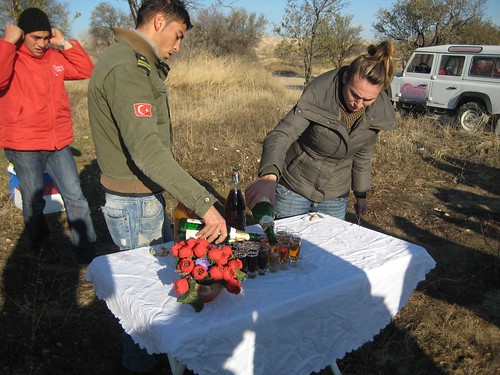
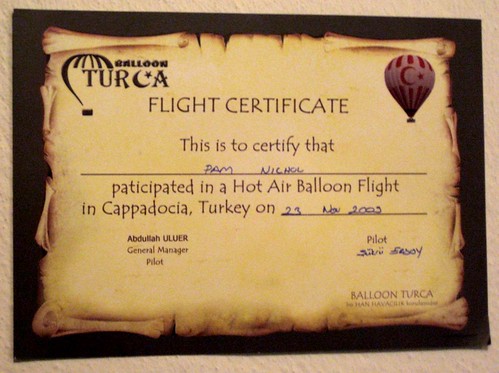
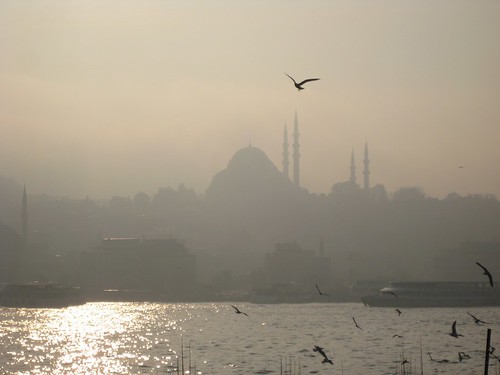

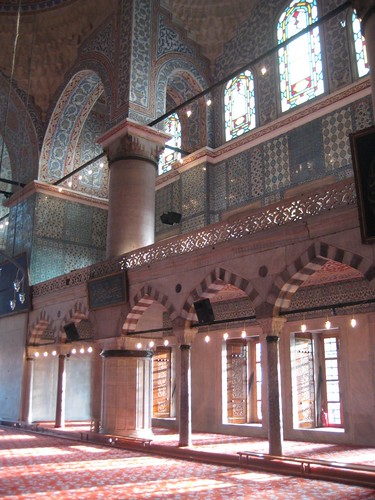
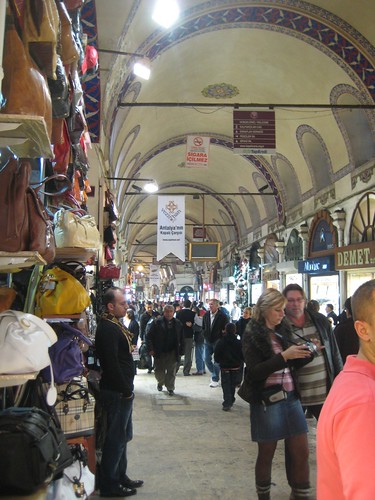


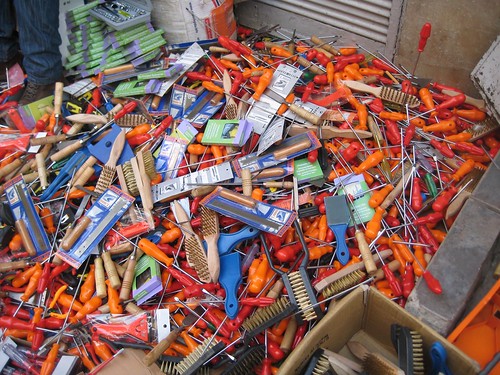
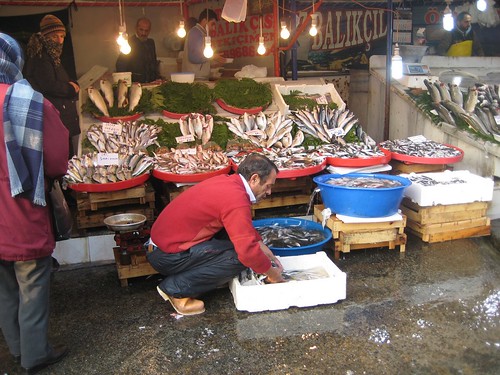

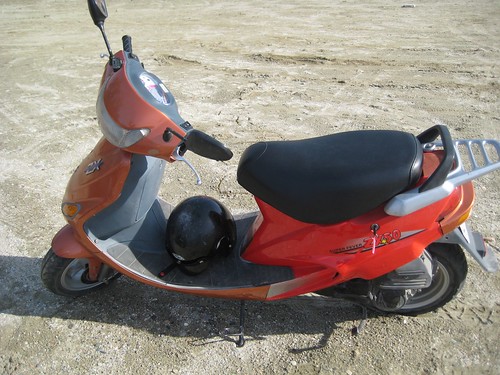
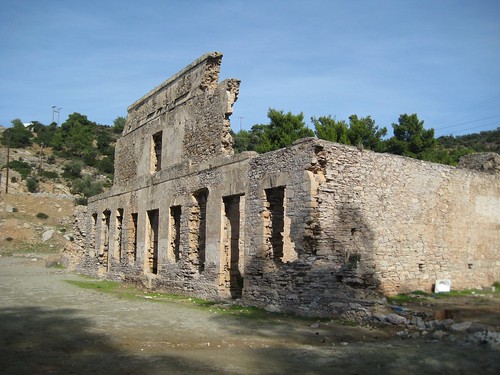
 A view of the beach of the picnic lunch, on the big island
A view of the beach of the picnic lunch, on the big island